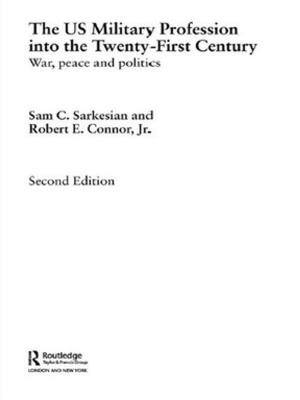English Language Teaching during Japan's Post-war Occupation
Politics and Pedagogy
Nonfiction, Social & Cultural Studies, Social Science, Cultural Studies, Ethnic Studies| Author: | Mayumi Ohara, John Buchanan | ISBN: | 9781351654487 |
| Publisher: | Taylor and Francis | Publication: | June 27, 2018 |
| Imprint: | Routledge | Language: | English |
| Author: | Mayumi Ohara, John Buchanan |
| ISBN: | 9781351654487 |
| Publisher: | Taylor and Francis |
| Publication: | June 27, 2018 |
| Imprint: | Routledge |
| Language: | English |
In 1945 Japan had to adjust very rapidly to sudden defeat, to the arrival of the American Occupation and to the encounter with the English language, together with a different outlook on many aspects of society and government. This scholarly book is based on in-depth interviews with people, now aged, who were school students at the time of the Occupation and who experienced first-hand this immense cultural change. The book considers the nature of the changing outlook, including democratization, the new role for the Japanese Emperor and all this represented for the place of tradition in Japanese life and the growing emphasis on individualism away from collectivism. It discusses the changing system of education itself, including new structures and new textbooks, and relates the feelings of the participants as they came to terms with defeat and the language and culture of the former enemy. Overall, the book provides a fascinating insight into a key period of Japanese history.
In 1945 Japan had to adjust very rapidly to sudden defeat, to the arrival of the American Occupation and to the encounter with the English language, together with a different outlook on many aspects of society and government. This scholarly book is based on in-depth interviews with people, now aged, who were school students at the time of the Occupation and who experienced first-hand this immense cultural change. The book considers the nature of the changing outlook, including democratization, the new role for the Japanese Emperor and all this represented for the place of tradition in Japanese life and the growing emphasis on individualism away from collectivism. It discusses the changing system of education itself, including new structures and new textbooks, and relates the feelings of the participants as they came to terms with defeat and the language and culture of the former enemy. Overall, the book provides a fascinating insight into a key period of Japanese history.















